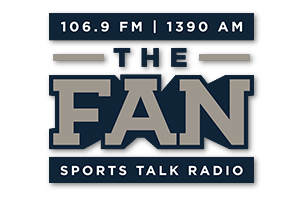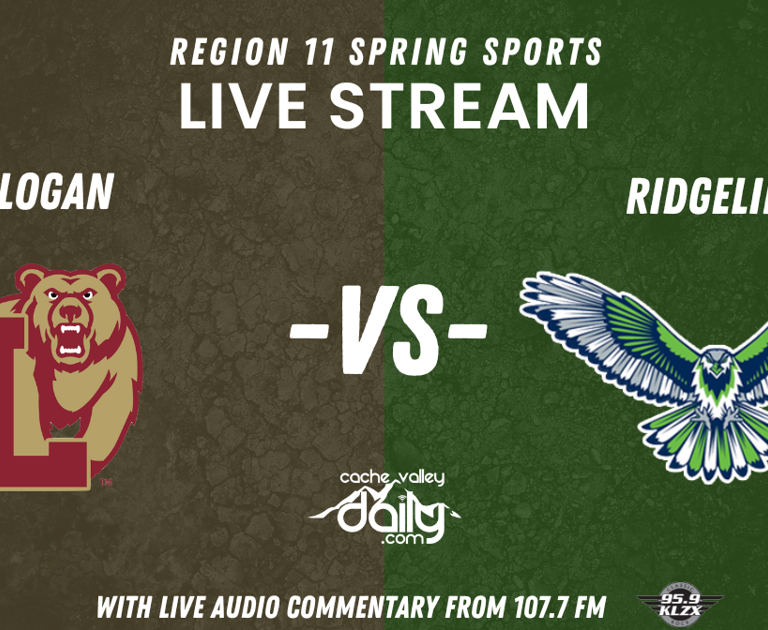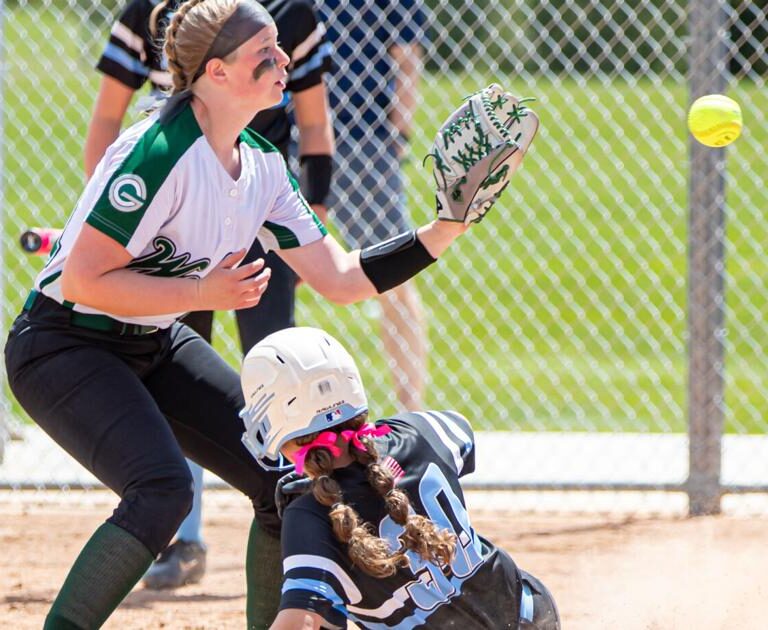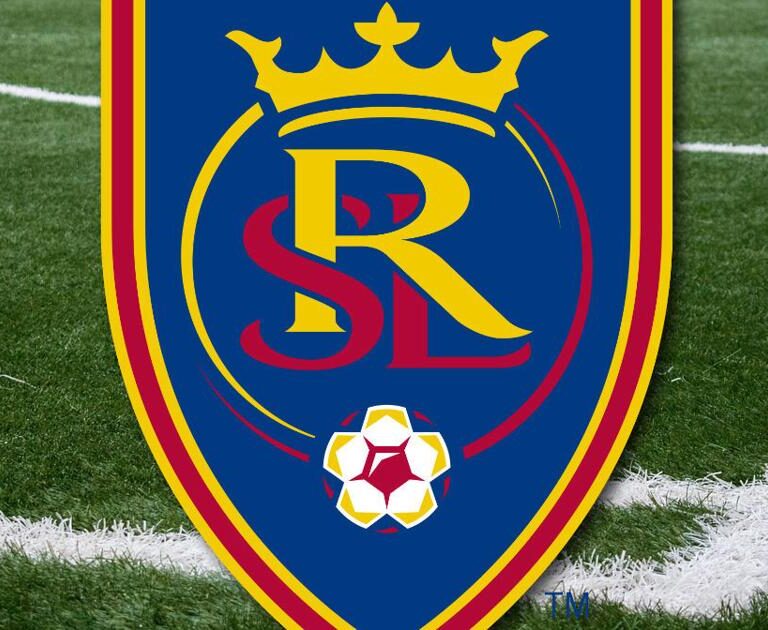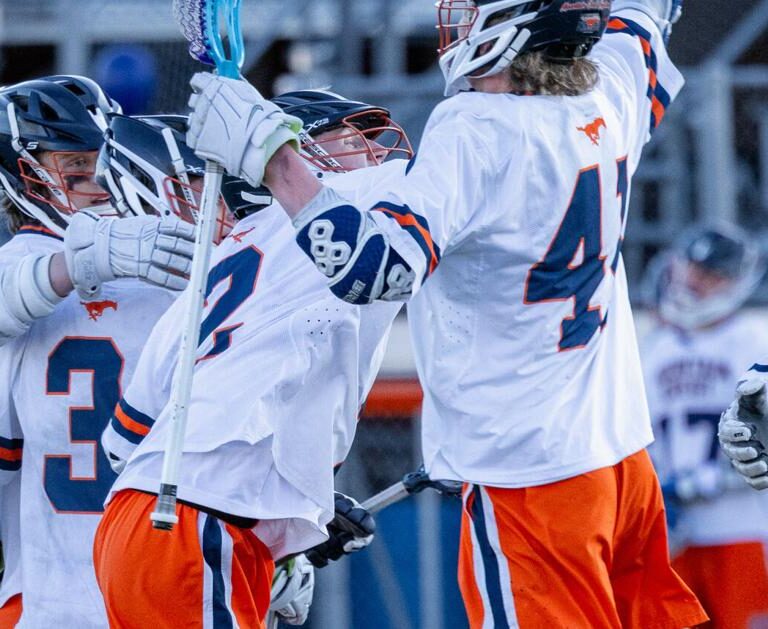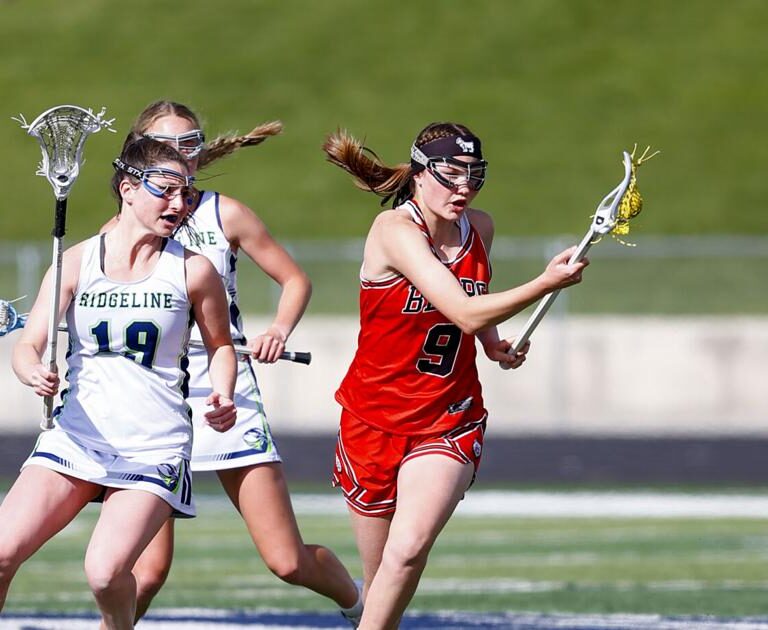A good deal of positive momentum gained from a 20-point victory over Colorado State and a narrow defeat at the hands of Fresno State, a team receiving votes in the Ap Top 25 Poll, was lost in Utah State’s 42-21 loss at San Jose State. Hopes of a bowl game were as high as they’d been all year with even the possibility that the Aggies could do something special. Now, the only real goal for the season is a bowl game.
Of course, just getting a win to end this new two-game losing streak would be a good thing rather than looking forward to December and trying to predict what bowl the Aggies would look best in.
It’s unlikely Utah State goes winless the rest of the way, what with games against Nevada and New Mexico left on the schedule (and San Diego State and Boise State looking quite beatable this year), but the Aggies need to win three games in four tries. To do that, they’ve got to make improvements in two key areas: win in the trenches, and getting the defense off the field on third down.
No matter your opinion on whether McCae Hillstead should have started over Cooper Legas on Saturday, you can hardly blame the loss on that decision. It’s hard to say that Legas would have fared too much better with the complete lack of run game Hillstead was forced to deal with. In Legas’ last two starts, the ones that made him the fifth QB in Aggie history to have back-to-back games of 360+ yards, the team ran for 200+ yards in each contest, averaging 4.7 yards per carry. Against the Spartans, the Aggies averaged 3.2 yards per carry with just 104 total yards.
Pass protection was a particular issue in the game. Hillstead was pressured on 37.8 percent of his dropbacks. And, unsurprisingly, both of his interceptions came on plays where he faced pressure. The threat of a 300-pound defensive lineman throwing him to the ground led to Hillstead making rushed decisions. One was a really poor decision to throw across his body and the other he had to guess where his wide receiver
According to Pro Football Focus, Hillstead ranks 19th (among 146 QBs with at least 100 dropbacks this season) in percentage of dropbacks where he’s been pressured. Legas ranks a little better, ranking a lot closer to the top at 89th (to put it another way, Legas has the 57th-best pressure rate, Hillstead, 127th). The fact Hillstead ranks a lot worse is partly on him. Quarterbacks are often at least partly responsible for directing offensive line blocking assignments and Anderson has previously noted that as something Hillstead needed to figure out. So, not only does the O-line need to figure things out but Hillstead needs to figure out his pre-snap reads to know how to effectively ensure he has the time necessary to make all of the throws.
For all the talk of quarterback play, including who should have started and who should start going forward, the Aggies shouldn’t have had to rely on their QB on Saturday. Turning back to the run game, San Jose State entered the day with the 127th-ranked run defense in the country. Pro Football Focus graded the Spartans run defense as the second-worst among all FBS teams. Five out of six FBS teams SJSU faced averaged at least 4.7 yards per carry. Again, the Aggies were rolling with two straight 200-yard rushing games, averaging that 4.7 that so many teams easily came by against the Spartans. And again, the Aggies averaged 3.2. That may very well be one of the most baffling trend reversals this season in college football.
On the flip side of things, defending against the run. we’ve got what’s becoming a more and more worrying trend. At the start of the year, Utah State had a decent record stopping the run with its only real hiccup coming against the triple-option Air Force offense. The Aggies held Iowa to 88 yards, Idaho State to 101 and James Madison to 148. Not elite by most standards (especially given the caliber of rushing offense faced) but not awful by those same standards.
The last four weeks, things have clearly changed. Despite facing two rushing offense that rank in the bottom 20 in rushing yards and no teams inside the top 60 in rushing, the Aggies have allowed 178.8 rushing yards per game in their last four games. Two times they’ve allowed 200+ rushing yards (San Jose State and UConn) to teams that at best have been average rushing teams.
Looking ahead, Utah State will face to two teams, Boise State and New Mexico, that rank in the top 30 in rushing offense. If the Aggies can’t stop either of the Broncos or Lobos in the run game, there’s little reason to pencil in either as wins, no matter how incompetent either team has looked this season. And what of San Diego State? The Aztecs have a mobile QB, an archetype the Aggies have struggled against all season. SDSU is also in the same range in terms of rushing rank as teams that recently ran for 200+ yards on Utah State.
Injuries have at certain times been blamed for troubles in the trenches, and that certainly has some merit. But not necessarily against San Jose State. The preseason two-deep at defensive tackle — Hale Motu’apuaka, Poukesi Vakauta, Bo Maile and Seni Tuiaki — were all healthy and took all snaps at interior defensive tackle. Same story at defensive end. At linebacker the Aggies are certainly beat up with Max Alford, Bronson Olevalo, and Cole Joyce all out. But of the front seven, you’ve got six starters and the majority of backups at all of those positions. Health wasn’t a dominating factor for USU’s troubles stopping the run on Saturday.
How about on the offense. Are health issues an issue there? Some, yes. Falepula Alo, the starting center, did play. But aside from him, all of the starters and key backups were healthy. Cole Motes made his return to right tackles (though he did get injured on a play so his future health could be up in the air).
It’s hard to blame injuries for continued struggles at the line of scrimmage when key players are starting to come back and get healthy enough to play. And if, for some reason, the excuse is that their injuries are lingering and causing them to play poorly, then maybe don’t put them back on the field just yet.
Even including Utah State’s struggles in the trenches and all of its knock-on effects, one of the most frustrating aspect of the Aggies has to be getting the defense off the field on third downs. On the season, USU ranks 108th in third down defense, allowing first downs in 44.6 percent of those situations. But over the last two weeks alone, they’ve allowed San Jose State and Fresno State to convert 60 percent of third downs.
The frequency of these conversions have a lot of consequences. Some are apparent immediately, such as scoring drives that include third down conversions. But there’s also the field position battle to take into consideration. First, though, let’s look at how often USU’s third down failures led to points directly in the last two games.
Looking at Fresno State and San Jose State’s scoring drives there were four touchdowns that occurred on possessions that included at least two third down conversions (some had three). That’s perhaps not the worst thing in the world. Many touchdown drives need third down conversion and getting two in a drive isn’t exactly super uncommon. What’s more frustrating is the Aggies giving up a third and long conversion that eventually gives up points. Well, there were five such drives in which FSU or SJSU converted on 3rd & 6 or longer and wound up getting points — four touchdowns, one field goal. There was also a sixth drive with a long conversion that could have resulted in points, but it ended with a missed 48-yard field goal.
For an example of how the field position battle changes with these third down failures, the best display came in the Fresno State game.
The Bulldogs faced 3rd & 8 from their own 27. If USU holds, it could expect to get the ball back around its own 30, perhaps even closer to the 40 with a good punt return. Pretty solid field position. But, FSU converted the third and long play with a 16-yard completion. The Bulldogs didn’t score, but thanks to that conversion they were able to move the ball all the way to USU’s 47. Instead of getting the ball at the 30, maybe 40-yard line (or 25 at the worst), the Aggies took over at their own four. Then, when USU did nothing with a drive in the shadow of its goalpost, the ensuing punt gave Fresno State the ball on USU’s 45 and they wound up driving all 45 yards for a relatively easy scoring drive.
In general, there’s just been a breakdown on defense on third down. The Aggies are giving up far more yards per play on third down than on any other down.
Utah State Yards Allowed per Play on 3rd Down vs other downs
| Opponent | Yards/Play on 1st & 2nd Down | Yards/Play on 3rd Down | Overall Yards/Play |
|---|---|---|---|
| Fresno State | 5.4 | 7.1 | 5.8 |
| San Jose State | 4.6 | 8.0 | 5.2 |
| FSU/SJSU Combined | 5.0 | 7.4 | 5.5 |
There’s more than these two areas that Utah State needs to drastically improve on. As a shortlist you’ve got penalties, special teams (i.e. not giving up great field position to the other team), and turnovers (on offense) among others. But those aren’t massive issues. They’re the kind USU could overcome with great play in other areas. The trench troubles and third down struggles? If the Aggies want any prayer of going bowling this year, they’re going to have to win in the trenches and get of the dang field on third down. If not, they can have fun sitting at home in December, watching the basketball team with the rest of us.
